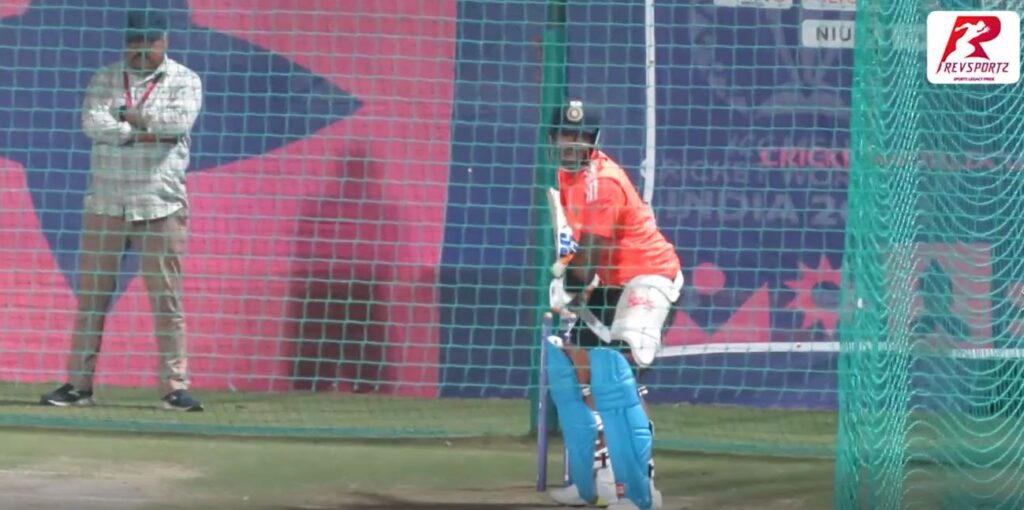An overlooked trait of this Indian team is the management’s decision to persist with players. Captain, coach and selectors should be lauded for it. They backed the players they thought could do the job and gave them opportunities, even when they failed.
Suryakumar Yadav got out for three successive first-ball ducks against Australia earlier this year. Most other teams would have dumped a player for that. This Indian set-up did not do that.
Kuldeep Yadav and Shreyas Iyer are similar examples, so is Shardul Thakur, although he is not part of the XI at the moment. These players were made to understand that they would not be discarded after one or two failures. The team is reaping the rewards of this policy now. Each one of them is contributing.
This is in contrast with what used to be the practice a few years ago. Especially from 2015 to 2019, there was no guarantee over who would bat at No. 4. No batter got a long enough run. Manish Pandey, Ajinkya Rahane, Ambati Rayudu and others were tried out in the middle-order. Not many of them got five consecutive games. The result was absolute disaster in that position in the 2019 World Cup. Three or four players came out as No. 4 and the decision bombed.
Something similar was seen in the spin bowling department. The then team management and the larger set-up could not decide whether to persist with wrist spinners or finger spinners.
Ravichandran Ashwin and Ravindra Jadeja went to the 2015 World Cup. Both were discarded as Yuzvendra Chahal and Kuldeep became the chosen ones for a few years after that.
The point to note is, none of these players mentioned, or the others, were bad. They were proven performers at some level and that was why they were chosen for the national team. For some strange reason, there was frequent chopping and changing. In the XI today, out tomorrow, back the day after and no one knows what thereafter. This inconsistency could not have clicked and it did not.
What we see now is a more organised and clear-cut manner of handling these things. Players like Surya, Iyer, Kuldeep and others were given opportunities even after they failed. The team management conveyed to them that it had faith in them. They would not be thrown out without being given a fair enough run. There was continuity in selection despite failures and the move paid off.
Whether Rahul Dravid, chief coach, or VVS Laxman, National Cricket Academy head, or someone else – including the selection committee – deserves praise for this is a matter of a conjecture. One individual may or may not be responsible for this. But this happened during the period when Dravid, Laxman and others were in charge. It is highly likely that they chose persistence as a policy instead of knee-jerk reactions. The result of this line of thinking is evident.
Today, a Surya or an Iyer or a Kuldeep goes out to play without the fear of failure. They know that they will not become persona non grata if they fail in a few games. They know that the people running the team have confidence in them that they will come good. They have been chosen for a reason, and non-performance in one or two games will not make them bad players. They show this in their body language. This cannot be measured. But it can be seen. They look unafraid.
The fear factor has been taken away from them. And this has happened because the management system decided that it will back its decisions, the players it has chosen, come what may. It could be called a theory of continuity. This was not seen in the way the Indian team was run before the current dispensation took over. India may or may not win the World Cup. But that will not disprove this theory.




